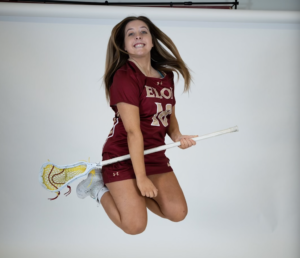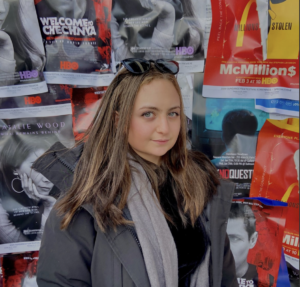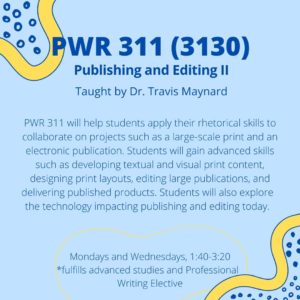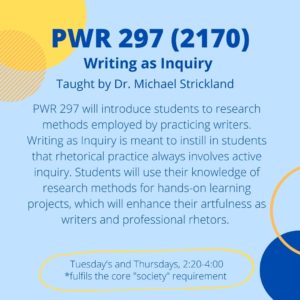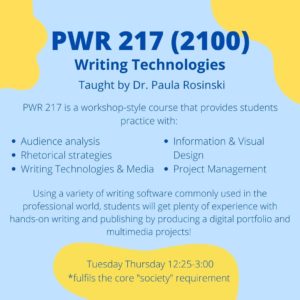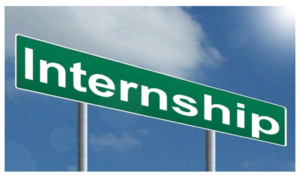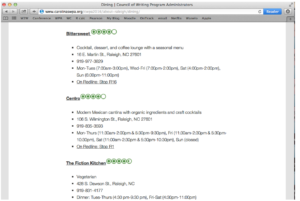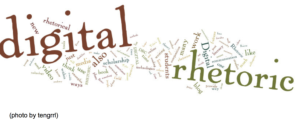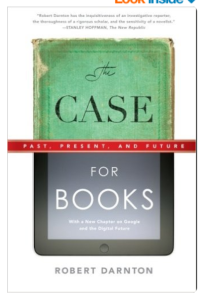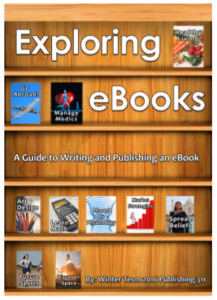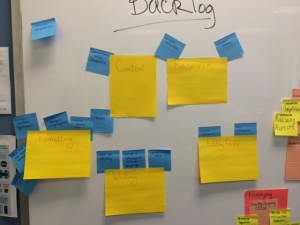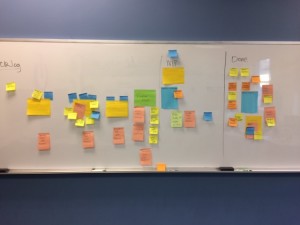Camryn Levin, ’23 (PWR major)
The Level Best Books Internship was full of manuscripts, admin work, and writing reviews. It was through these activities that I learned about the publishing industry and the different layers that comprise it. I was able to get a grasp on the industry and use these experiences to better understand and plan for my future career.
One of the smaller, but important, tasks I had to complete was updating the spreadsheets to ensure the editors were on the same page about the production schedule, the author contact sheet, and the royalties information sheet. This meant getting dates, emails, phone numbers, and royalty percentages from the author’s contracts and inputting them into the different spreadsheets. This part of the job opened my eyes to the less glamorous, less entertaining part of the publishing industry.
My main task was reading manuscripts and writing reviews to send to the editors. The instructions were to look for a capturing plot and impressive writing style. The manuscripts ranged from 200 to 350 pages, each categorized as mystery or mystery-thriller. The reviews were no longer than a few paragraphs and had to include the details that led to my decision.
While reading the manuscripts, I had to think of many things in order to write the best review I could. In order to do this, I asked myself the following questions:
- Is the ending too predictable for an avid mystery-book reader?
- Does the book drag, or would a more patient reader be enthralled?
- Does it fall into a “mystery cliche?”
- Is the writing too easy for me? Would it be too easy for an older demographic?
All these questions help me form the distinction between me, as a reader, and the target audience of the manuscript. I would consider these questions and think critically about how to answer them. For example, I normally don’t go for mystery novels in my reading outside of the manuscripts, and I wanted to make sure that the plot twists I was reading weren’t ones that were common in mystery novels. If someone only reads mystery novels, do the plot twists become more predictable? Has this been done before? In order to answer these questions, I ended up reading some mystery novels outside of the job this summer. I also ended up re-reading manuscripts to make sure I wasn’t missing any obvious clues. For the second question, I would think about how I would consider myself a young reader. I like a fast-moving plot, quick development, and exciting pacing. Is this opinion indicative of my age? The age demographic of these manuscripts is probably older than I. Are readers in an older demographic more allowing for a slower plot? I made sure to keep this idea in the back of my mind whenever I felt the plot was a little slow.
For the third question, I would consider how a mystery cliche is overused and obvious. One of those, gasp, it was the jealous ex-wife! Or, the detective is an alcoholic man who had marital problems and is using that to solve the case. These are some examples of cliches, and they’re overused and unnecessary.
Finally, for the last question, I would keep in mind that sometimes the writing style of the manuscripts can be very simple, or easy. For an older demographic, it can be too easy or too simple. So when I’m reading a manuscript, I make sure to take notice of the simplicity of the writing style. If it’s too simple for me, then it’s probably too simple for someone older than me.
My answers to these questions allowed me to write a review. I considered the target audience, the writing style, the capturability of the plot, and if the manuscript was an enjoyable read.
Here’s an example of a review I wrote recommending a book:
I would categorize this book as a romantic-comedy piece mixed with a mystery thriller. There were only a few thoughts of critique I had while reading. Firstly, the writing style is sort of short and choppy, and definitely took some getting used to as a reader. Secondly, there were times when the scene would change, and it was hard to follow. Also, it wasn’t apparent to me as a reader that the story was being told by a future CJ until a good amount into the book. If that was made clear in the beginning, there would be no confusion.
Other than that, I thought the actual content of the writing was interesting and exciting. I really enjoyed the plot, and a couple of times I was visually shocked. I think the target audience of this is definitely more in the teenage/young adult genre, especially because of the teenage-like language used by the first-person narrative. This first-person narrative really encapsulates how teenage boys think and act, all while providing insightful and intelligent ideas and themes. Overall, I thoroughly enjoyed reading it. The plot never seemed to slow down, and the resounding themes of time, love, and mystery were apparent throughout the whole thing.
This review was written very early in my internship. I wanted the editors to understand that I knew the faults of the book, but also that the pros outweigh the cons. I acknowledged the target audience of the book, the capturing plot, and the stylistic choices of the author. I learned that these details are critical to selecting which books get published in the industry.
As the reviews carried on throughout the summer, I began reconstructing and reformatting my writing style as I got more comfortable with the manuscripts. I became more confident in what I was writing, blunter about what I liked and disliked, and more sure of myself as a reviewer. The reviews shifted in this way to become more attuned to the target audience, not of the manuscript, but of the review itself. The editor, my boss, is the target audience for my reviews, and so as the summer continued, I wanted to make sure my reviews were blunt so as to not waste the editor’s time.
All of these experiences really prepared me for my future. It definitely solidified my interest in the publishing industry and the possible opportunities that can come out of it. In the future, I want to do anything that involves reading and writing. This job was a mix of both, and I enjoyed it through and through. Even the admin work was enjoyable because I got to look through real author’s contracts, and set dates for the publishing of books. It felt important, and every day I felt I was making a difference in the company, and the author’s careers as well. In the future, I hope to continue working for this company and explore the world of publishing as I do so. Overall, the whole experience was a reinforcing positive sneak peek into the publishing of real books.

